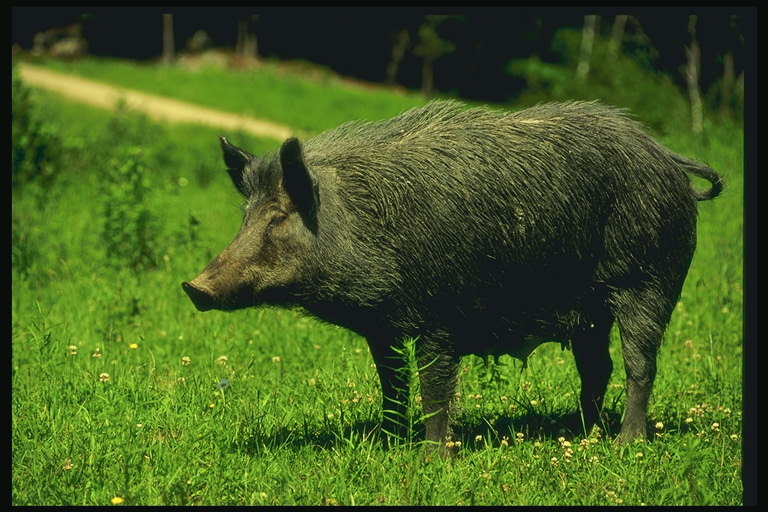These seven 7 day old piglets are having fun today. It seems that they could not get enough of mommy pig's milk because even if she was eating, these seven active piglets were still sucking her milk from her breasts.
I remember exactly a week ago when I found out that there were seven tiny creatures running around Laki (this is the name of the mommy pig). It was such a beautiful Tuesday morning and the sun was shining brightly. I knew the day before that Laki was about to deliver her first borns because I when I was trying to feed her, she never minded the feeds I placed on her basin as she was busy making a nest. And so the next day, my excitement never failed me--because of the seven addition to my backyard animals!
Out of the seven piglets, two were males and five were females. Hmmm, this promises something great as it would be easier to breed them. It appears that hitting my target number by next year would be very possible. I can't wait for another pregnant pig to give birth in less than two months!
For now, I am sharing this video for people to watch and enjoy!





